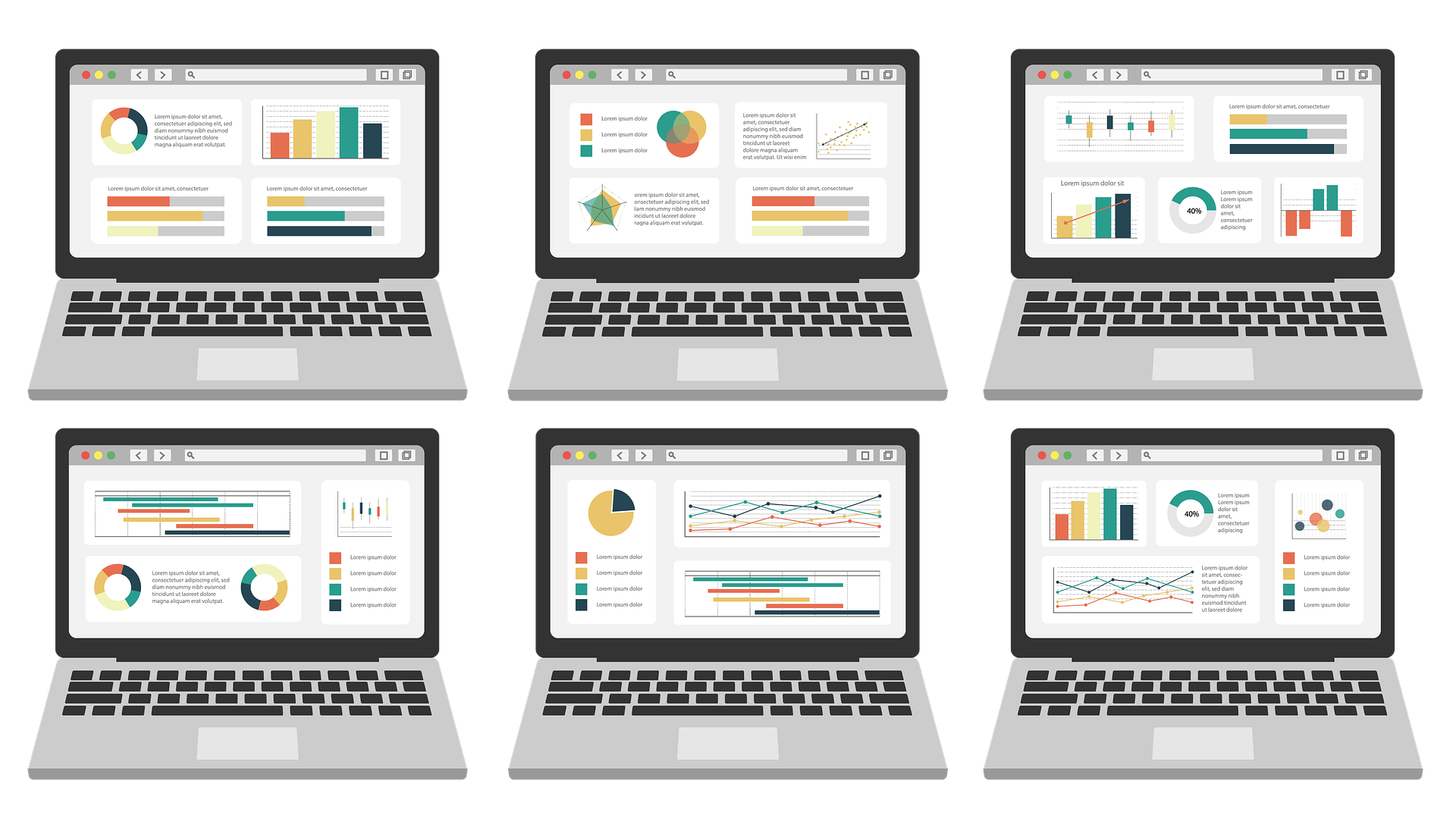The first ventilator that can ventilate multiple patients simultaneously according to the individual patient treatment strategy
Effective management of epidemics that cause acute respiratory distress (ARDS) such as COVID-19, SARS, or MERS, can only be defeated with a vast amount of medical devices and effective medical care. The treatment process of acute respiratory problems involves continuous patient ventilation. Current medical practice implements ventilation with dedicated respiratory devices. A pandemic outbreak poses many problems in terms of hardware (medical ventilators) quantity, capacity, manageability, and installation.
The Concept of Mass Ventilation
In our mass ventilator concept patients are connected to a modular or monolithically designed centralized ventilator system during mass respiration. The system can be designed and installed in a pre-built or ad hoc manner (in medical / non-medical facilities such as wards, sports grounds, gyms, etc.).
The mass ventilator system is designed for the combined management of inhalation and exhalation gases (production, temperature / humidity / pressure adjustment, filtration, etc.). During inhalation and exhalation, the air is filtered in both directions in one or more steps.
Due to the modularity of the system, new patients can be integrated into the system up to the system’s maximum capacity. The maximum capacity of the system is mainly determined by the capacity of the motors used in the inhalation and exhalation system.
The inhalation air generator system can receive air from different sources
These can be buffer bottles (for both air and oxygen), hospital pre-installed aeration tubing, or dedicated ventilator or compressor-based air supply systems.
The flow of air for inhalation and exhalation is provided by separate ventilators (electrical)
The pressure ratios of inhalation and exhalation gases are defined and set in a way, that no backflow or gas mixing may occur in the system.
Both the inhalation- and exhalation air supply system are redundant
This ensures operational stability even in case of hardware problems, and safe maintenance work (e.g., replacement of filters).
On the front- and back side of the fans filter (s) strain off contaminants and pathogens of different sizes
The change of resistance of the filters signals deterioration, which we constantly monitor. Filters can be replaced if necessary.
Individual patient-ventilator units are connected to the duct system via non-return valves
With the help of these, the duct system pressure can be set to the desired individual value.
Most important parameters measured in the duct system:
- air temperature
- flow
- pressure loss on filters
- duct pressure
- air humidity
- concentration of gases in the air
- system integrity
Exhaled air is transported via a centralized duct system
This is reducing the potential risk of infection for those working in the area. The exhaled air is contagious, and for this reason, the exhalation ducts will be appropriately marked and painted. Due to the lower atmospheric pressure inside, the pathogens cannot escape.
We also filter the exhaled infectious air
So the air can escape only after appropriate filtering.
The patient ventilatior units are connected to the duct system via separate shut-off valves
By this, new patients can be integrated into the system without any interruption in the whole system.
Integration, Ventilation, and Removal of Individuals from the System
Patients receive air based on their personalized ventilation parameters (pressure, respiratory rate, volume, etc.). An intelligent metering-controlling-mixing-air management system near the patient is responsible for personalized patient ventilation. Due to the modularity of the system, new patients can be integrated into the system without having to stop ventilating already connected patients.
The ventilator system is divided into larger segments, which include closures (both in the exhalation and inhalation subsystems). Segment locks serve as gates that, when opened, can deliver air to another segment under specific pressure conditions.
The system provides several options for adjusting the O2 concentration of each patient: oxygen delivery can be achieved by concentration-based or even time-based control. Thanks to the mechanical flow controller, the amount of O2 introduced does not depend on the difference in pressure in the O2 supply system and in the patient zone; it depends only on the time period of delivery. In flow control mode, a predetermined amount of ambient air is supplied so that the required O2 can be calculated accurately. In pressure control mode, depending on the patient’s condition and parameters (which may change over time), different amounts of ambient air can be injected so that the required additional O2 concentration (the difference between two cycles) is calculated using the O2 quantity of the previous breathing cycle.
The temperature and humidity of the air supplied to the patient can be regulated in several places in the system. At the patient’s mouth, it is possible to set the desired values with passive (e.g., HME – Heat and Moisture Exchangers) or active solutions (e.g., HME Booster).
Free Breathing Function
Due to the design of the system, it allows the patient to breathe freely. In addition, the operation is synchronized with the patient’s respiratory cycle: if the patient is breathing at a different rate, the system will still provide the required amount of air. The excess air that the patient produces or requests during inhalation or exhalation is transported by the sub-ducts.
By setting the inhalation pressure of the patient close to atmospheric pressure, the breathing of a patient with spontaneous breathing can be facilitated. Patient-induced pressure (during exhalation) and depression (during inhalation) can be reduced and increased to atmospheric pressure that allows the patient to exchange air freely and more easily.
Unified Monitoring of the Mass Ventilator System and the Patients

The mass ventilator system and all ventilated patients are monitored by a secure, unified monitoring system. Measurement data, derivative values, and statistics are transmitted to the local (or central) server(s) over a wireless network using an appropriately encrypted (authenticated) communication channel.
The monitoring system shows different parts of the ventilator system and only those monitored parameters which are authorized for the personnel accessing the data based on the authentication and security settings. The monitoring system provides data transmission between the personal ventilator modules and the software monitoring, as well as to HISs (Hospital Information System) and advanced epidemiological monitoring systems.
Basic technologies that operate the mass ventilation system
The MASSVENTIL® system combines the following technologies:

